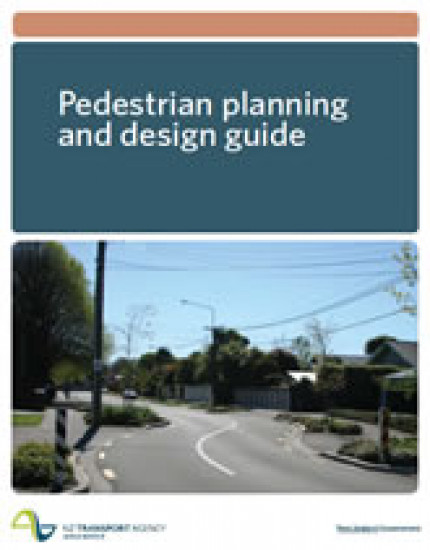The Pedestrian planning and design guide published in 2009, was New Zealand's first comprehensive official guide to planning and design for walking.
|
It has now been superseded by the draft Pedestrian Network Guidance (PNG): |
Some sections of the PNG are still in development and will be released later this year. If you cannot currently find the information you are seeking in the draft PNG then contact the PNG team for assistance (png@nzta.govt.nz).


When designing for pedestrians, quite often the ‘devil is in the detail’. This section gives detailed guidance on best practice so that those who design, operate and maintain the road network can better provide a quality walkable environment for all.
Higher standards of footpath design are required for two main reasons. Falls on footpaths are a serious problem, and existing designs are difficult to negotiate by people with impairments.
The main obstacle to walking is difficulty crossing roads. Well designed crossing facilities can make a real difference to safety and convenience. Specific attention is given to physical features such as kerb crossings,
islands, kerb protrusions and platforms. Attention to intersection details can make quite a difference.
Consideration of directional guidance, lighting and maintenance issues completes this part.
Crossing facilities for pedestrians
Updated: 17 Nov 2009